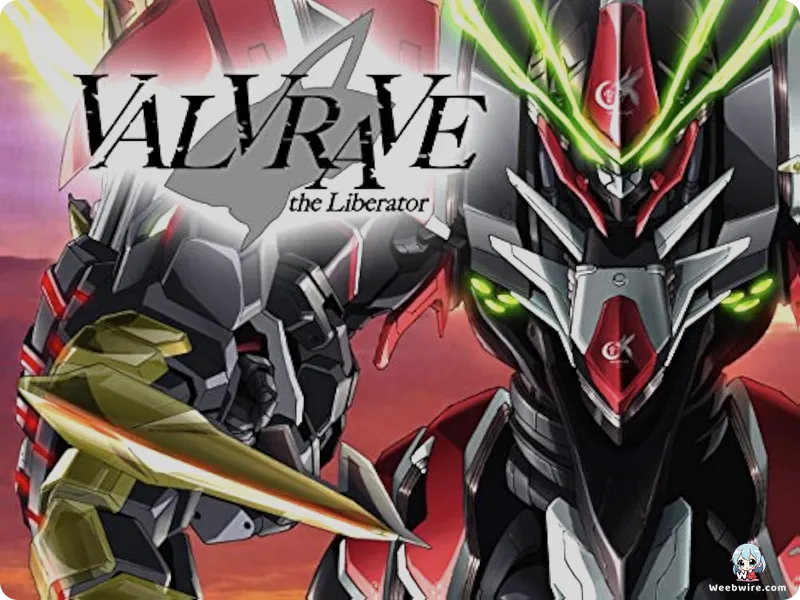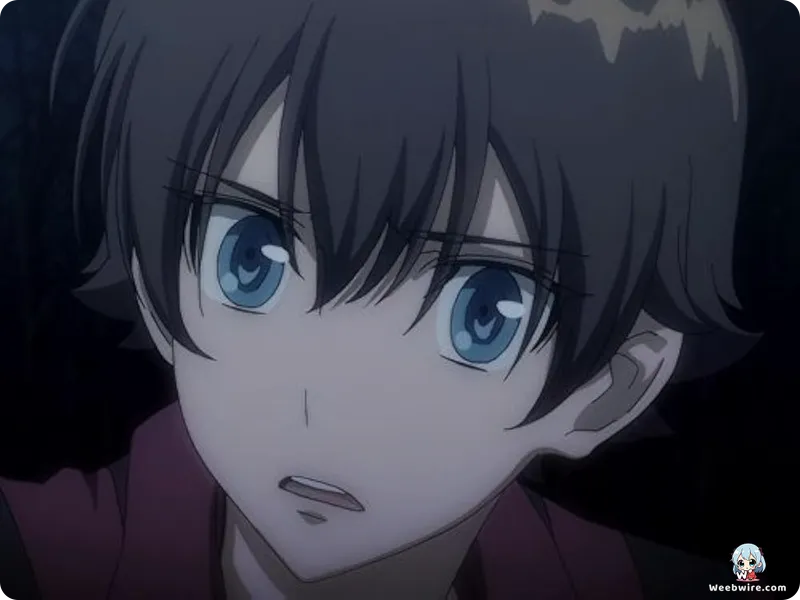Valvrave the Liberator: Sunrise's Bold Mecha Saga That Redefined Humanity and Warfare

In 2013, the renowned animation studio Sunrise, celebrated for its groundbreaking mecha anime, introduced Valvrave the Liberator. This series boldly defied established genre conventions, offering far more than a typical giant robot saga. Valvrave carved a unique niche with its audacious narrative choices, distinctive character abilities, and a dark, compelling world that continues to spark fervent discussion among fans. While it garnered acclaim for its high-octane action, the series' true brilliance lies in its intricate details and profound thematic explorations.
The Terrifying Cost of Power: The Valvrave's Rune System
Central to Valvrave's unsettling genius is the very nature of its titular mechs. These sentient entities demand a terrifying sacrifice from their pilots: their humanity. Protagonist Haruto Tokishima, upon activating a Valvrave, gains immense power and immortality but transforms into a 'Valvrave pilot'—a being akin to a vampire. To sustain their powers, these pilots must periodically 'feed' by biting others or transferring consciousness. This unique 'rune' system radically departs from standard mecha tropes, forcing characters to confront evolving identities and the moral abyss of their new existence. This innovative mechanic transforms the series from a simple war story into a deep exploration of humanity and the ultimate price of extraordinary power, ensuring every victory carries a significant personal cost and layers of psychological drama.

Distinctive Visuals and Shocking Twists
The distinctive character designs, which give Valvrave its unique visual edge, are the masterful work of acclaimed manga artist Katsura Hoshino, known for D.Gray-man. Hoshino's gothic-influenced, sharp style infused the cast with a unique flair, making them instantly recognizable and contributing to the series' edgy, melancholic appeal. This visual identity was a significant draw for her dedicated fanbase.
Valvrave is also notorious for its ambitious, often shocking, and polarizing plot twists. The series consistently kept audiences captivated with unexpected betrayals, intricate political machinations, and startling revelations about the 'Magius'—an ancient alien race behind the Valvraves. These narrative bombshells, while exhilarating, also sparked intense debate among viewers. This unpredictability, exemplified by the pilots' ability to 'share' bodies and blur identity and autonomy, is a defining characteristic of the series.
A Hybrid Genre Masterpiece from Sunrise
Sunrise's unparalleled mecha legacy includes iconic titles such as Mobile Suit Gundam and Code Geass. Valvrave, an original work, proudly stands within this lineage, pushing boundaries by blending mecha action with supernatural horror, political thriller, and psychological drama. This fusion created a truly hybrid genre experience. Sunrise's willingness to experiment cemented Valvrave's unique identity and lasting impact. The powerful soundtrack further enhanced its dramatic flair, featuring hit opening themes like T.M.Revolution and Nana Mizuki's "Preserved Roses" and "Kakumei Dualism."
Beyond its intense battles, Valvrave excels in intricate world-building and a complex political backdrop. Humanity's expansion into space led to the formation of powerful factions, with the neutral JIOR caught between the Dorssian Military Federation and the Atlantic Ring Alliance (ARUS). The series delves deeply into tensions and espionage, making the characters' struggles about navigating a perilous interstellar political stage. The audacious declaration of independence by Module 77's school-colony becomes a pivotal plot point, showcasing the ambition to weave geopolitical drama seamlessly into mecha action.
While initially garnering mixed reviews, Valvrave the Liberator has since cultivated a dedicated cult following. Fans appreciate its bold narrative, unique concepts, and audacious storytelling, proving that breaking the mold can indeed be more memorable. Its willingness to take risks, even if divisive, solidified its place as a unique entry in Sunrise's storied mecha catalog and a fascinating case study in anime storytelling.
Credits
Valvrave the Liberator
Author
Hajime Yatate
Cover Art
Katsura Hoshino
Studio
Sunrise
Publisher
Bandai Visual
Producers





